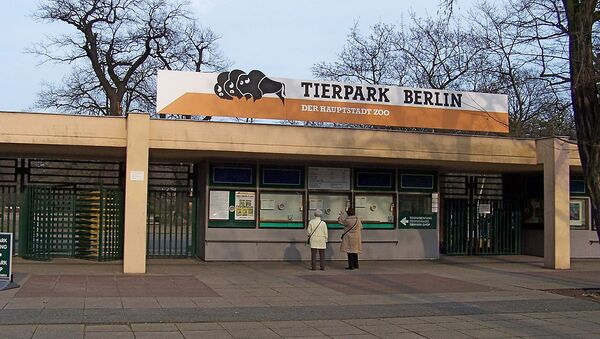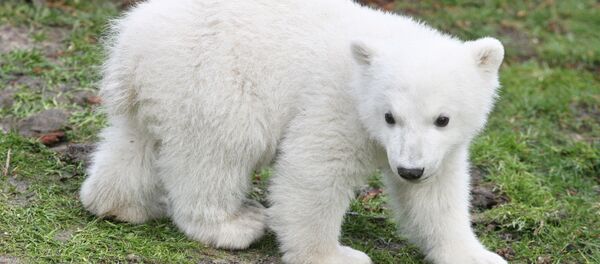While Tierpark Berlin was established because of the city’s division, Mohnhaupt argues that the decision to build this zoo was also influenced by the East German Uprising of 1953. The East German government built the new zoo as part of its New Course to offer the people something more than just improved standards of living and to offer the citizens of Eastern Berlin an alternative to the zoo located in the city’s western part.
According to Mohnhaupt, during the Cold War, Tierpark Berlin in the east and the Berlin Zoological Garden in the west faced off in an 'animal arms race' of their own, launched by their respective directors: Heinrich Dathe and Heinz-Georg Klös. While this 'contest' was affected by these men’s personal rivalry, it was primarily dictated by politics.
One of the episodes of this competition became known as the 'elephant fight'.
In 1960s Willy Brandt, the Governing Mayor of West Berlin, ordered that the 'gap' between three elephants in the western zoo and two in its eastern counterpart should widen, and gave Klos permission to purchase more of these animals. Soon after that, Dathe received a similar directive from the East German leadership. Eventually the elephant population of the Berlin Zoological Garden numbered eleven while Tierpark Berlin only had five. This became a "victory in battle" for Klos, Mohnhaupt said, pointing out how "military language" reflected the rivalry between the two zoos.
In the end, Klös emerged triumphant as shortly after the fall of the Berlin Wall, Dathe was ousted from his position “in a rather unsightly fashion”, according to Mohnhaupt, and died soon after at the age of 80. Meanwhile, Klos became a member of the Tierpark Berlin’s supervisory board and retained the ability to influence the affairs of both zoos into the 2000s.
Despite all that, the "moral victory" in this impromptu 'cold war' belongs to Dathe.
"Many years have passed and yet people still remember Dathe’s name. There is a Dathe Square (Heinrich-Dathe-Platz) in Berlin, and a school named after him," the author explains.
While the former director is still fondly remembered across the former East Germany, only the elderly residents of what used to be West Berlin recall the name of Heinz-Georg Klös.
Also, the visitors of the two Berlin zoos, both of which still exist after the lengthy rivalry that lasted until 1989 and the threat of closure after 1990, can be considered the "third victors", Mohnhaupt added.
"Both zoos prospered because of their rivalry. They’re very different but at the same time complement each other: one of them is a city zoo in the very center of the City West, while the other is a magnificent park," he concluded.




